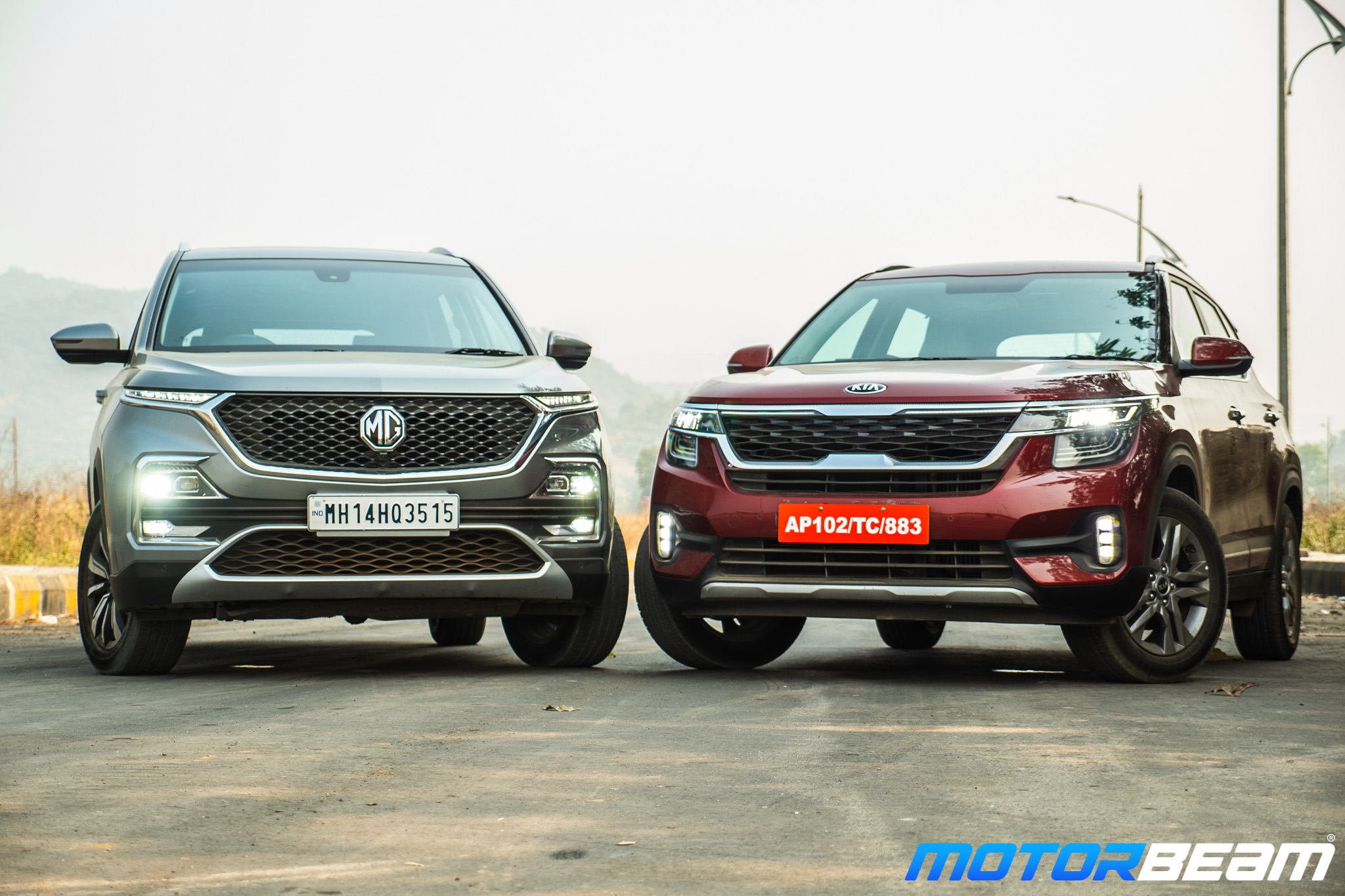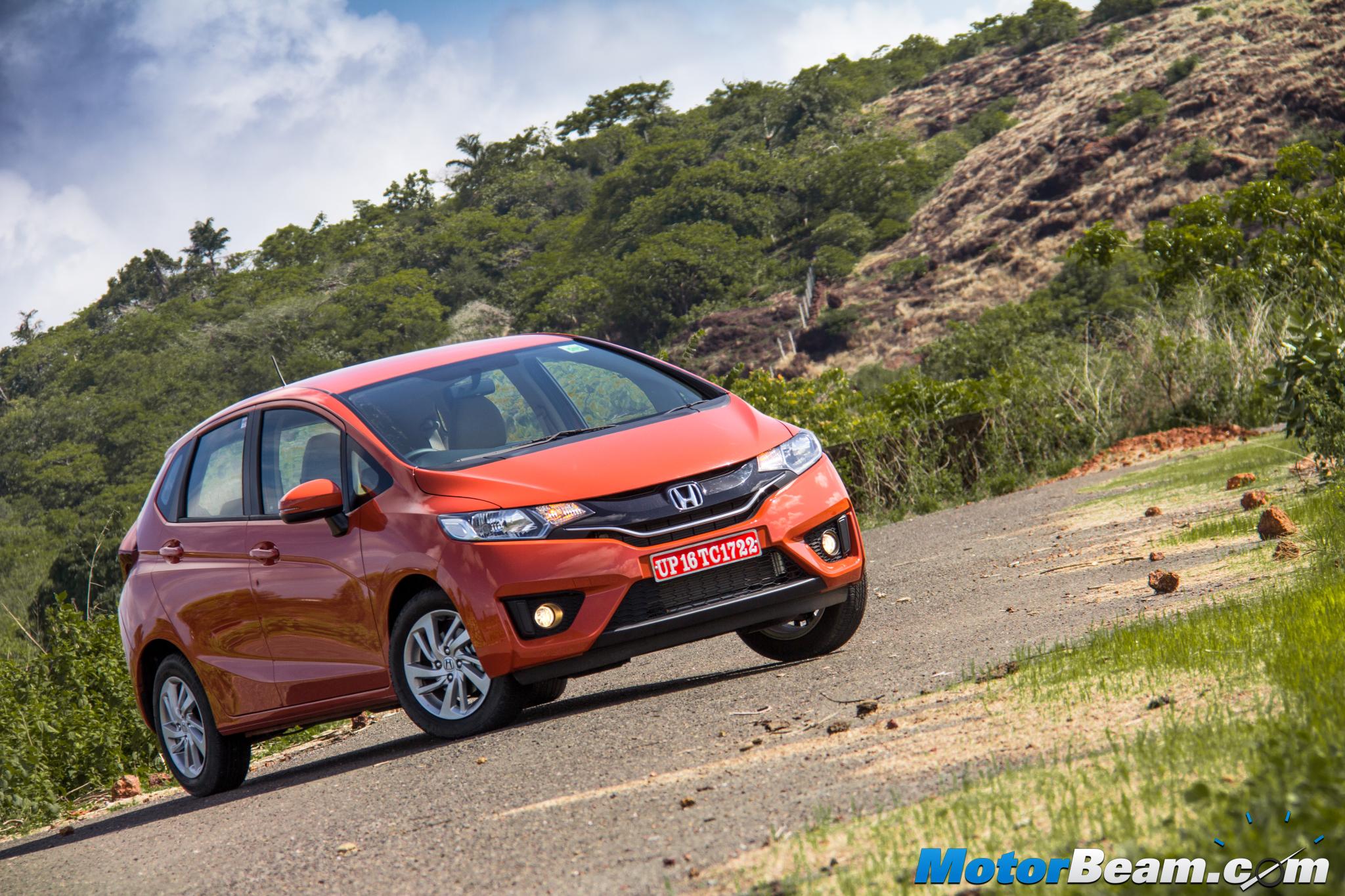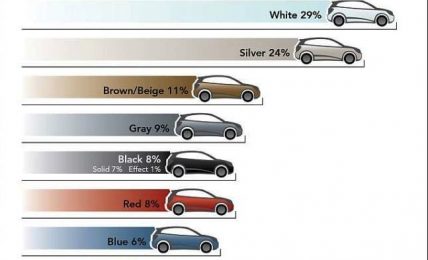How To Be Better Informed?
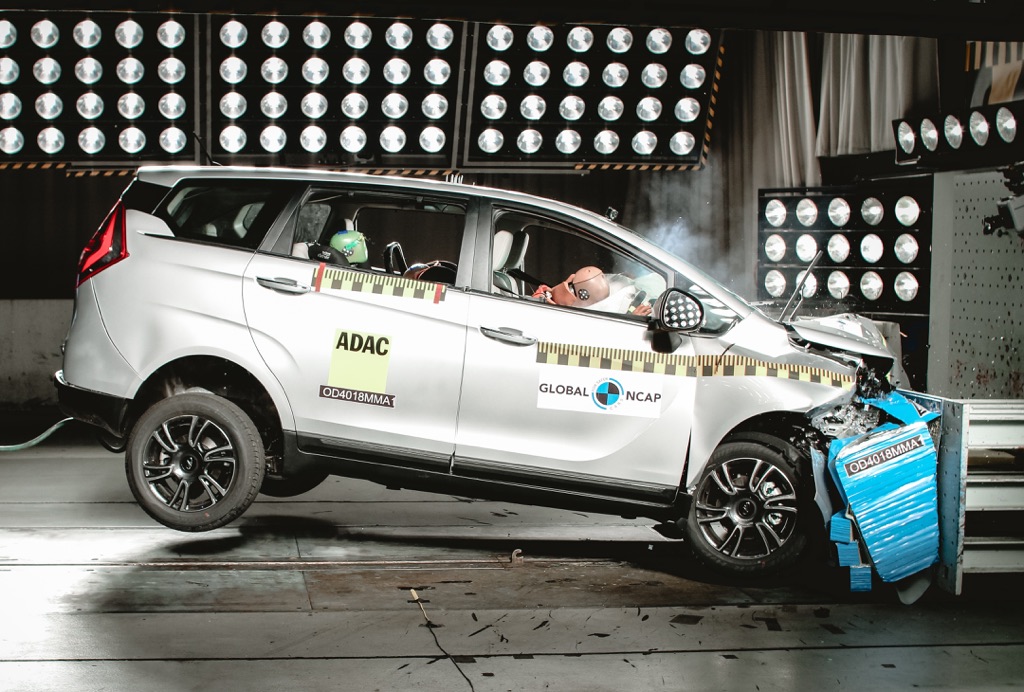
The safety rating of the car is a good place to start. Steer away from the cars which get zero or one-star ratings in the safety crash tests conducted by Global NCAP. India was supposed to have a safety regulation programme called the Bharat New Vehicle Safety Assessment Programme (BNVSAP) but it’s still is at the proposal stage as of October 2018.
Several zero-star vehicles still are being manufactured by companies. If the rating is anything to go by, the cars are just a brittle shell that cannot protect the occupants present inside it. It’s essential that the safety of these cars improve, as several cars that sell in large volumes still have mediocre safety ratings.
Safety Technology In Cars
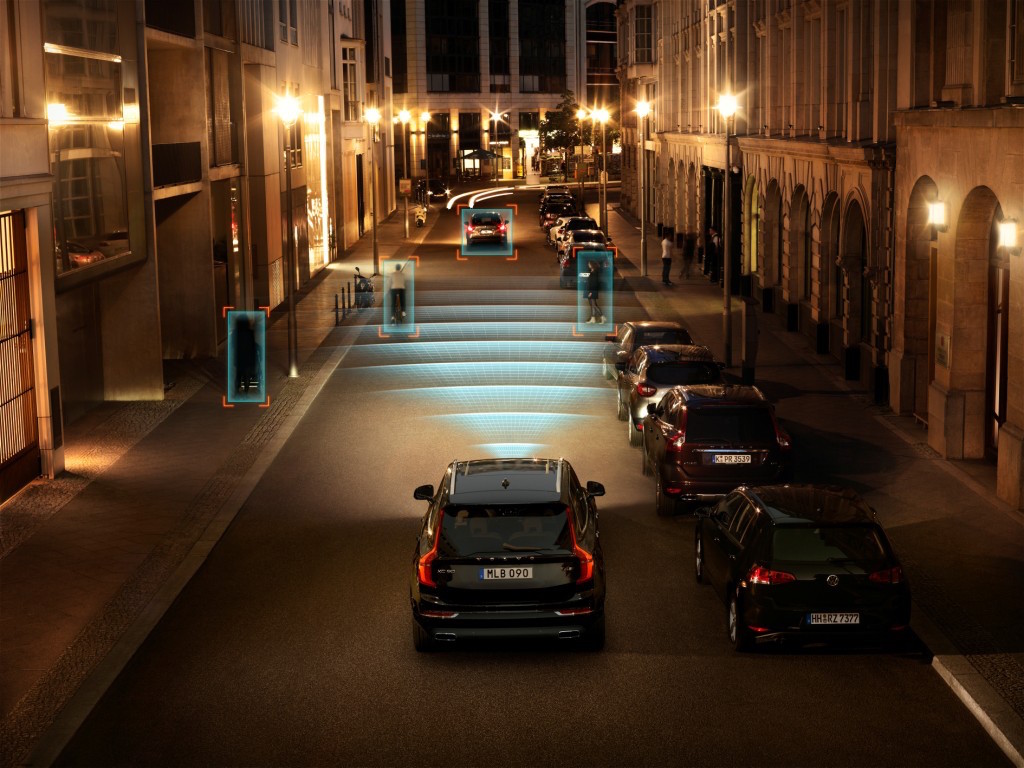
Here’s where things get a little more complicated for our market. Emergency braking systems, on a basic level, use camera sensors and/or radar sensors. As one can imagine, this is not so cheap. Hence reducing the cost before these get mandated should be a primary objective for the companies.
Speaking of mandate, our government is planning on implementing autonomous braking from 2022-2023. Realistically speaking, I don’t think it will be possible unless manufacturers are willing to cooperate and pitch in their developmental breakthroughs.
European regulations also look to mandate these systems by 2022. But they are ahead in terms of the scale of cars fitted with these systems. Cars like the Hyundai I20, Honda Fit (Jazz) already have emergency braking systems fitted to them in other markets.
Problems Posed By Indian Road Conditions
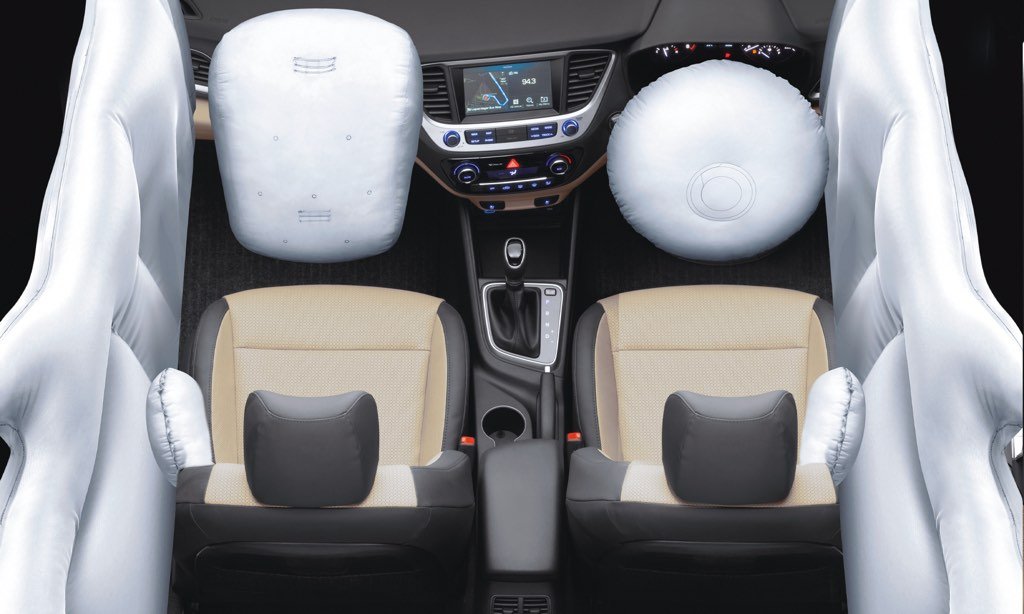
Then we come to the more acute issue. The word ‘bumper-to-bumper traffic’ would not hold true more than in India’s case. The margins in which we narrowly avoid accidents in daily traffic situations is very small. Hence the avoidance systems should adapt according to the road conditions that we are gifted with.
Other convenience-focused features like lane keep assist can pretty much exclusively be used only in well laid out highways in their current state. Overall, it will definitely be challenging to get these systems working in Indian road conditions. But that has always been the case. It might take time, but we will get there.


